APX Insights
Zero-Point Positioning System: The "Invisible Engine" of Machining Automation
In the wave of Industry 4.0, machining automation is reshaping the manufacturing landscape at an unprecedented pace. However, to achieve true flexible production, enterprises must overcome two key challenges: How to enable different processes and equipment to share the same reference coordinate system? How to ensure workpieces flow seamlessly between multiple machine tools without precision loss?
The zero-point positioning system is the "key" to unlocking this puzzle.
1. Unified Reference: Enabling Machines and Workpieces to "Communicate"
In traditional machining, workpieces require repeated calibration when transferred between machines, a process that is time-consuming and prone to cumulative errors. The zero-point positioning system, based on the "one-plane two-pin" positioning principle, directly links the workpiece coordinate system with the machine coordinate system, achieving "one-time positioning, full-process precision."
2. Rapid Tool Change: The "Accelerator" of Flexible Production
The core advantage of zero-point positioning systems lies in "off-machine clamping + quick docking." Workpieces can be clamped and positioned outside the machine, then rapidly connected to the machine via standardized interfaces without repeated alignment. Take the APX zero-point positioning system as an example: its mechanical structure of "air-on to unlock, air-off to lock," combined with automatic chip blowing and airtight detection functions, effectively prevents dust and chips from interfering with automated production lines, ensuring tool change times of just a few seconds.
3. High Precision and Rigidity: Tackling Complex Machining Challenges
In high-end manufacturing, workpieces often feature complex shapes and special materials, demanding extreme precision and rigidity. Zero-point positioning systems maintain the relative position of workpieces and fixtures under cutting forces through high-precision, high-rigidity structural designs, avoiding machining errors caused by vibration and deformation. This combination of precision and rigidity makes zero-point systems ideal for multi-variety, small-batch, high-precision machining scenarios, helping enterprises address complex challenges and enhance product quality and productivity.
4. Intelligent Integration: Bridging the Physical and Digital Realms
Modern zero-point positioning systems have transcended traditional fixturing to become "spatial anchors" of smart manufacturing. By integrating RFID chips, sensors, and MES systems, they automatically identify workholding parameters and synchronize process data to machines. For instance, when a robot grips a workpiece, the system not only completes physical positioning but also enables automatic loading of process parameters through data interaction.
5. Cost-Effectiveness: The Optimal Choice for Enterprise Transformation
Implementing zero-point positioning systems delivers significant cost savings:
- Labor costs: 90% reduction in downtime and decreased reliance on highly skilled labor;
- Scrap rate: High-precision positioning minimizes defects from repeated alignment errors;
- Equipment utilization: Rapid tool changes boost machine availability and shorten production cycles.
In the era of flexible and smart manufacturing, zero-point positioning systems have become a "must-have" for enterprises to enhance efficiency, reduce costs, and gain market edge. From aerospace to precision medical device machining, these systems are quietly reshaping machining productivity by "defining the origin."
Recommended news
-
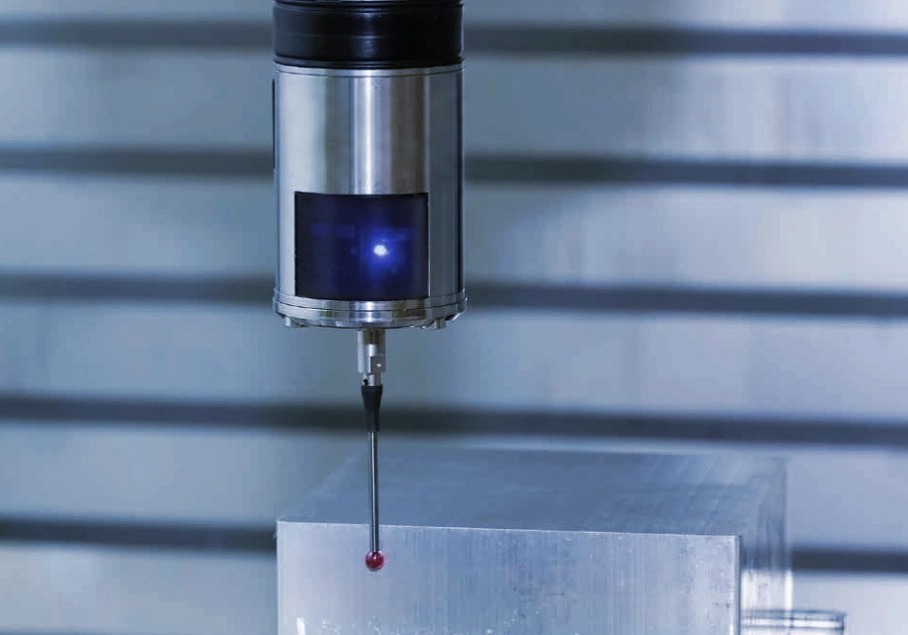
Machine Tool Probe Technology: A Key to Enhancing Competitiveness in Modern Machining
2025-05-26 -
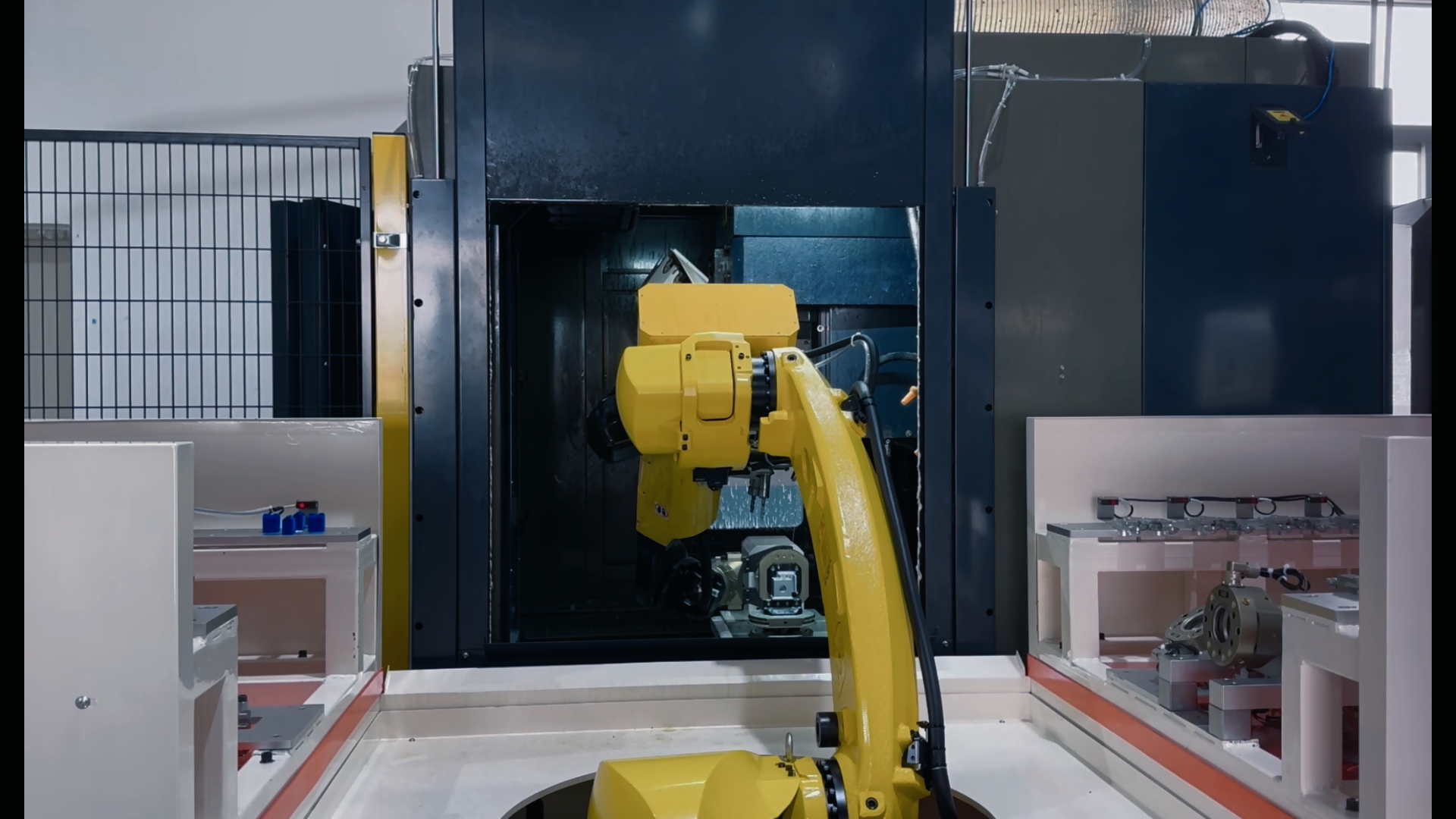
Zero-Point Positioning System: The "Invisible Engine" of Machining Automation
2025-05-05 -
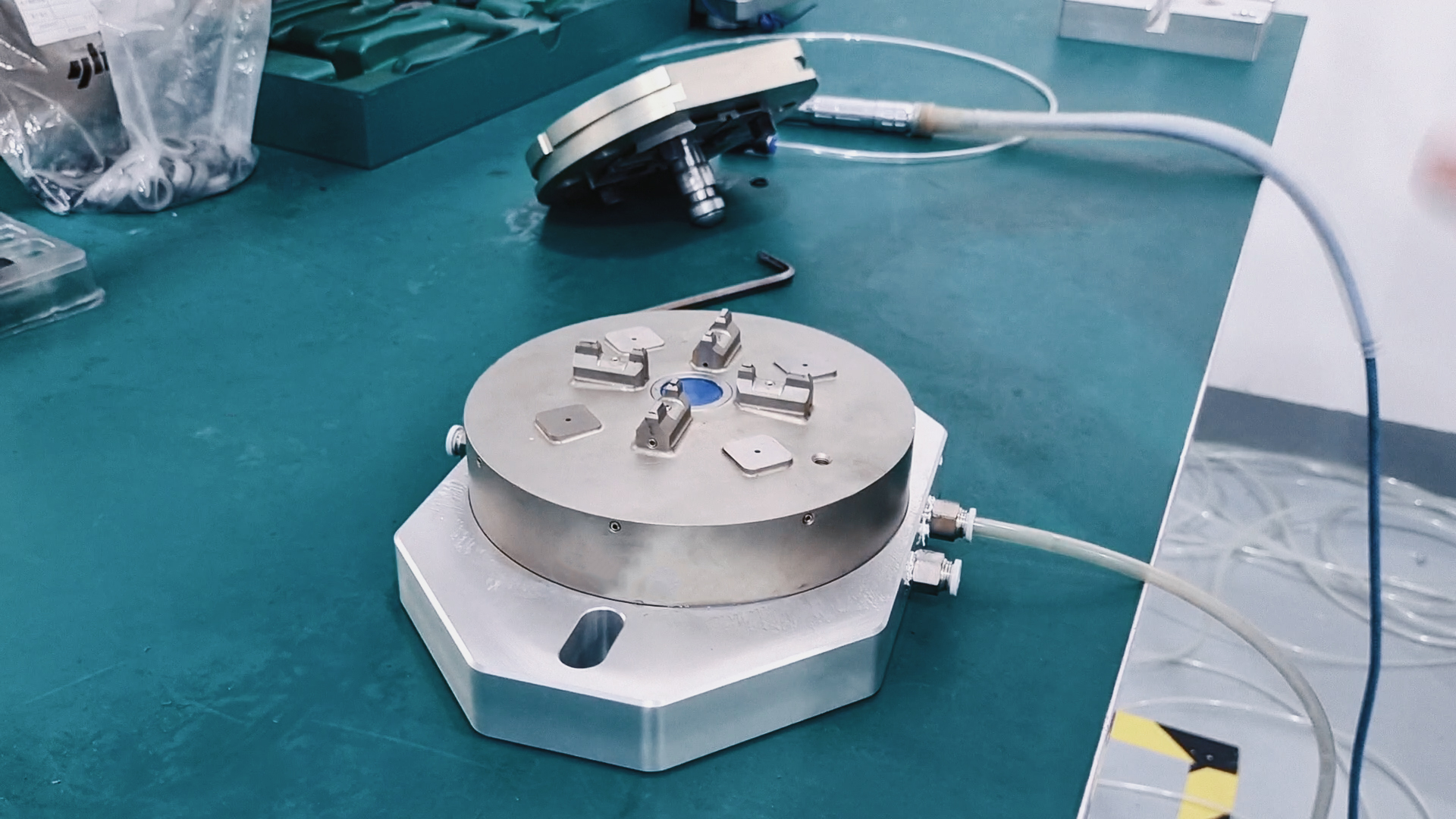
Zero-Point Clamping Fixtures: Why They Are Widely Used in Mechanical Manufacturing and Processing Industries
2025-05-05 -
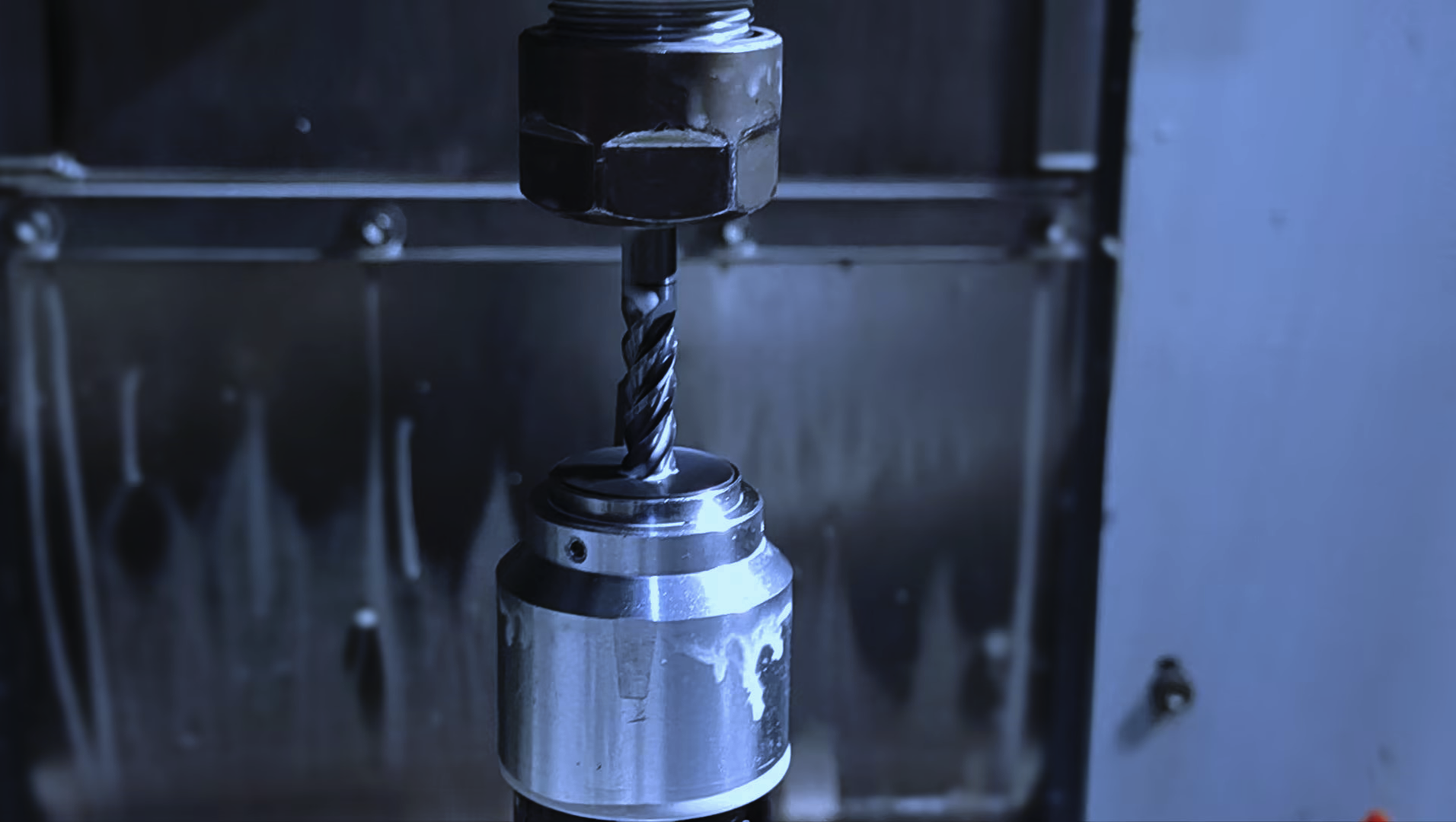
Dual Guarantee for Machining Efficiency and Safety! In - machine Tool Presetter Makes Production Smarter
2025-05-05 -
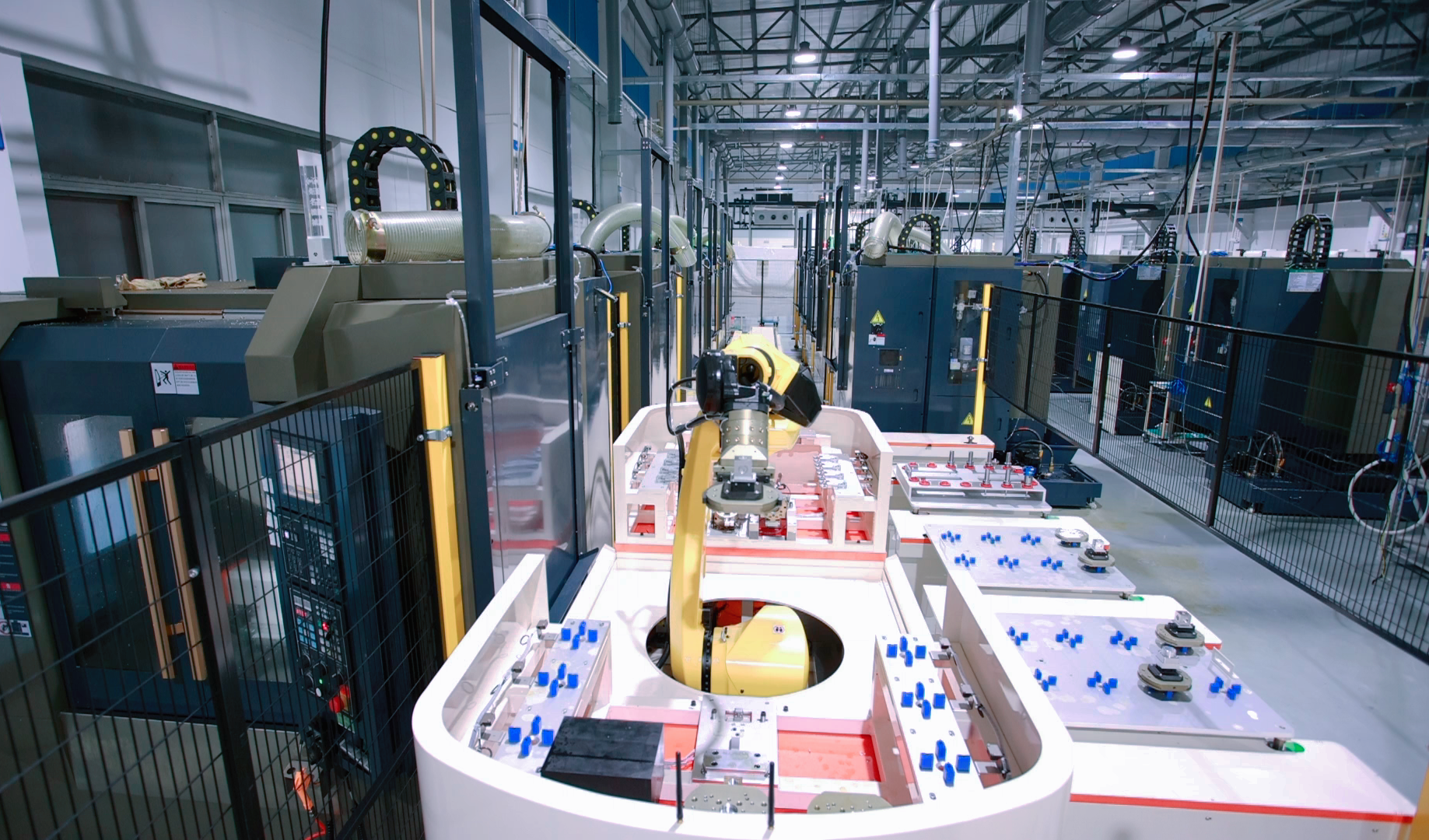
Zero-Point Positioning Systems in FMS: Specific Application Scenarios
2025-04-25

